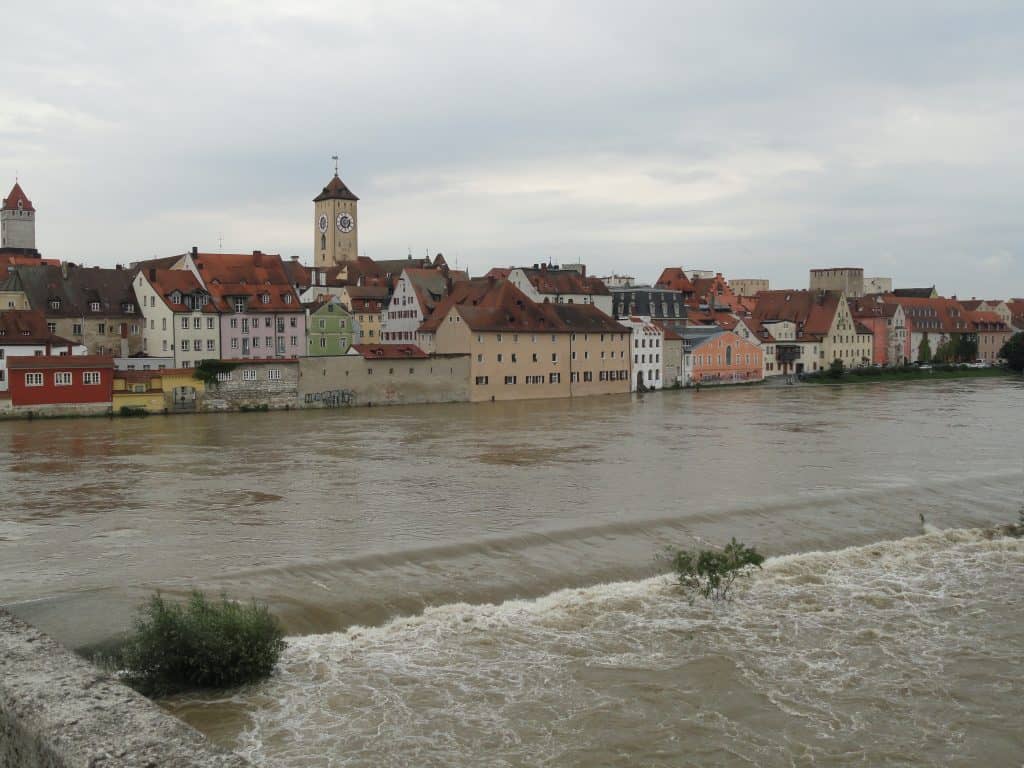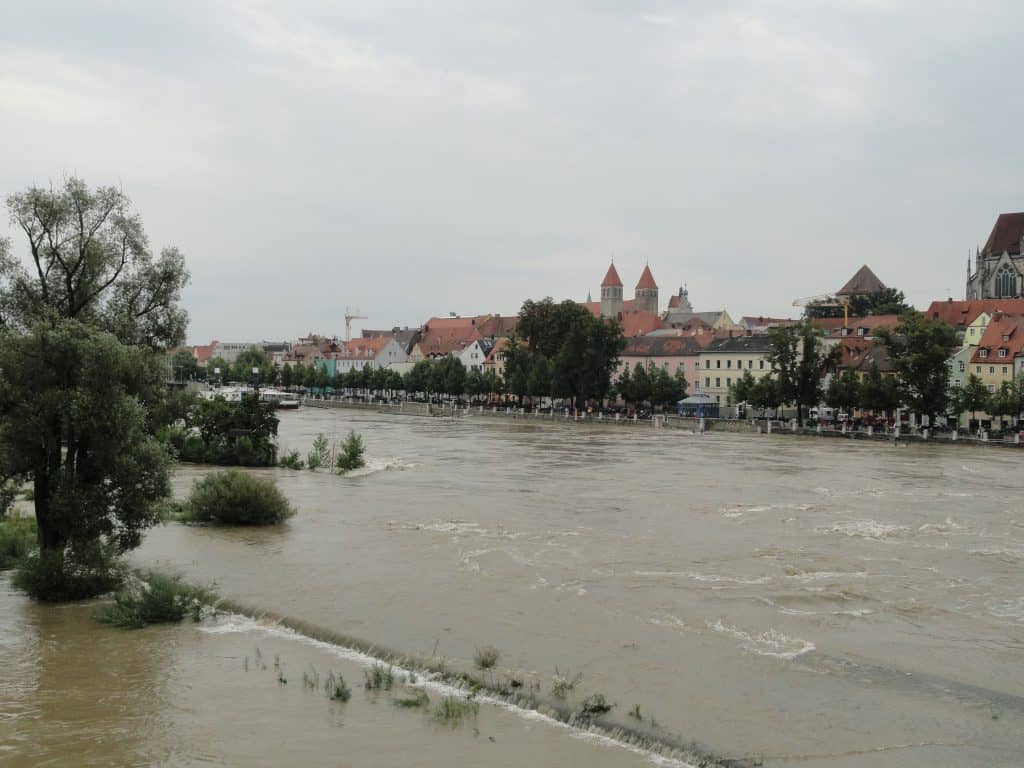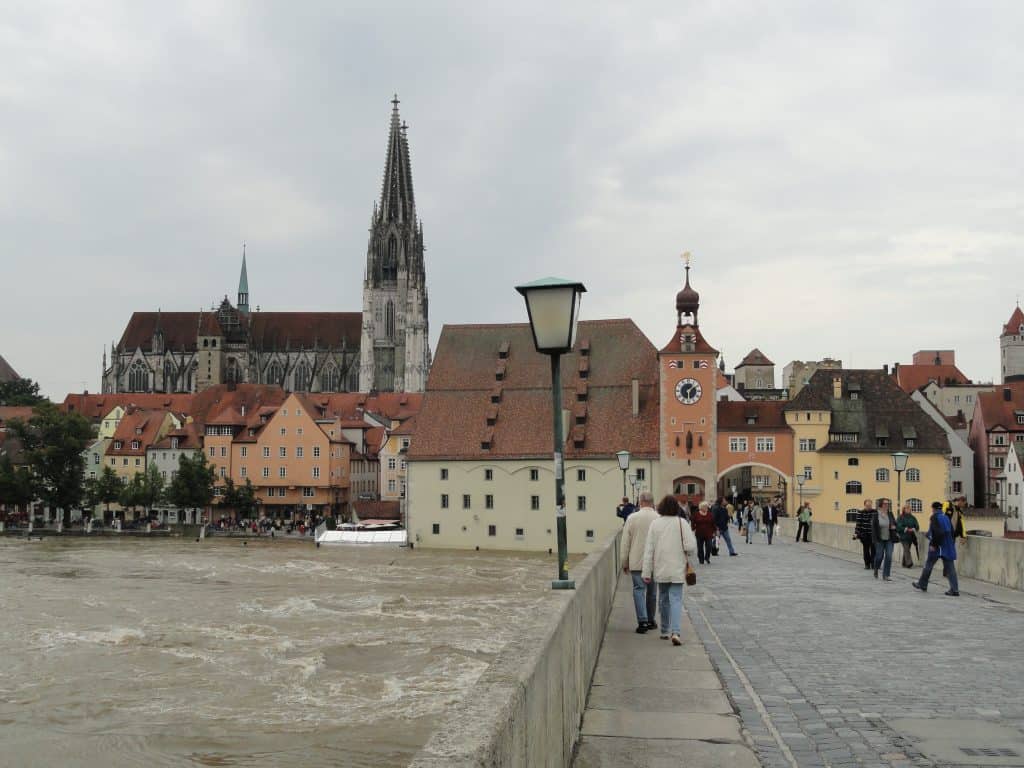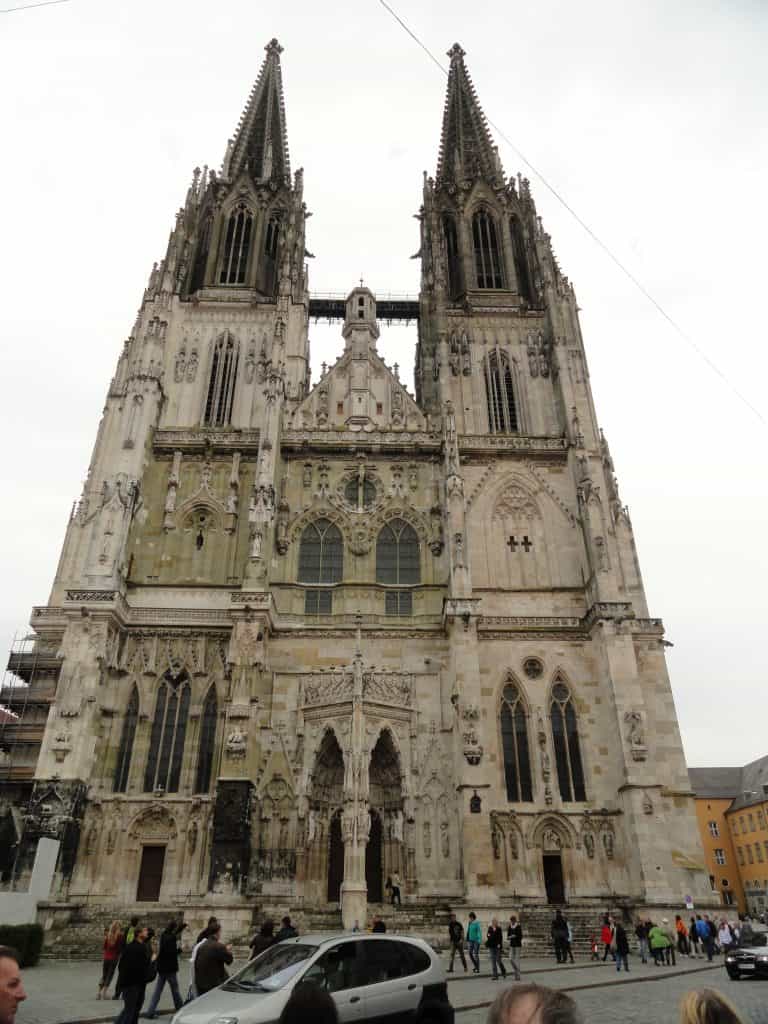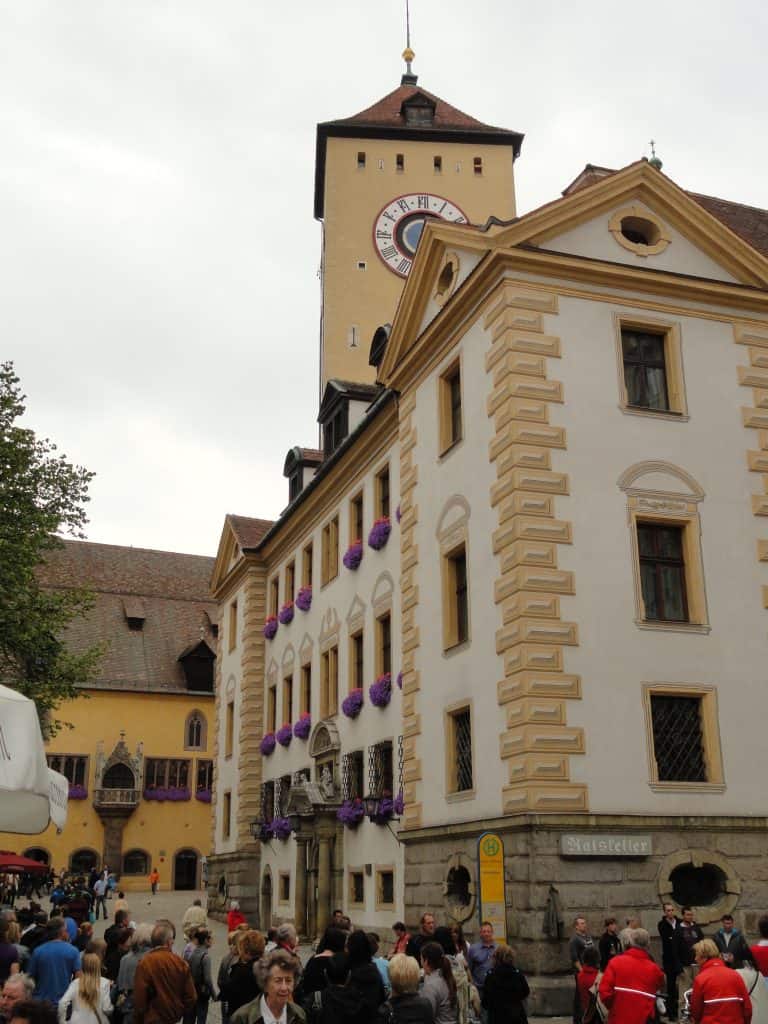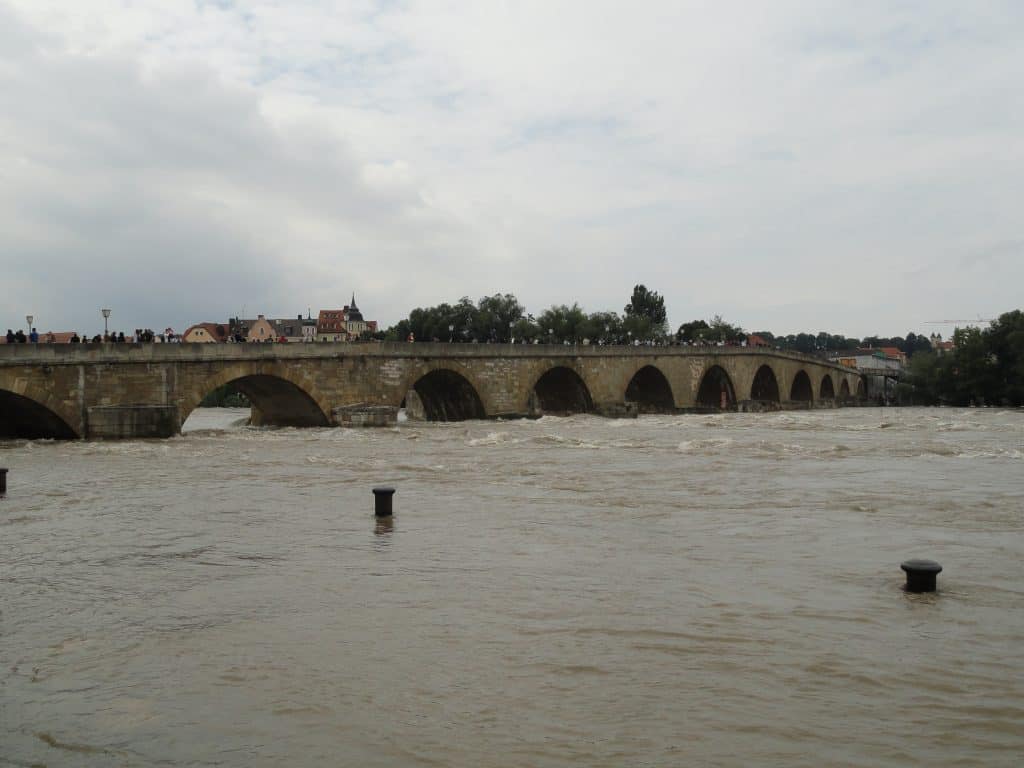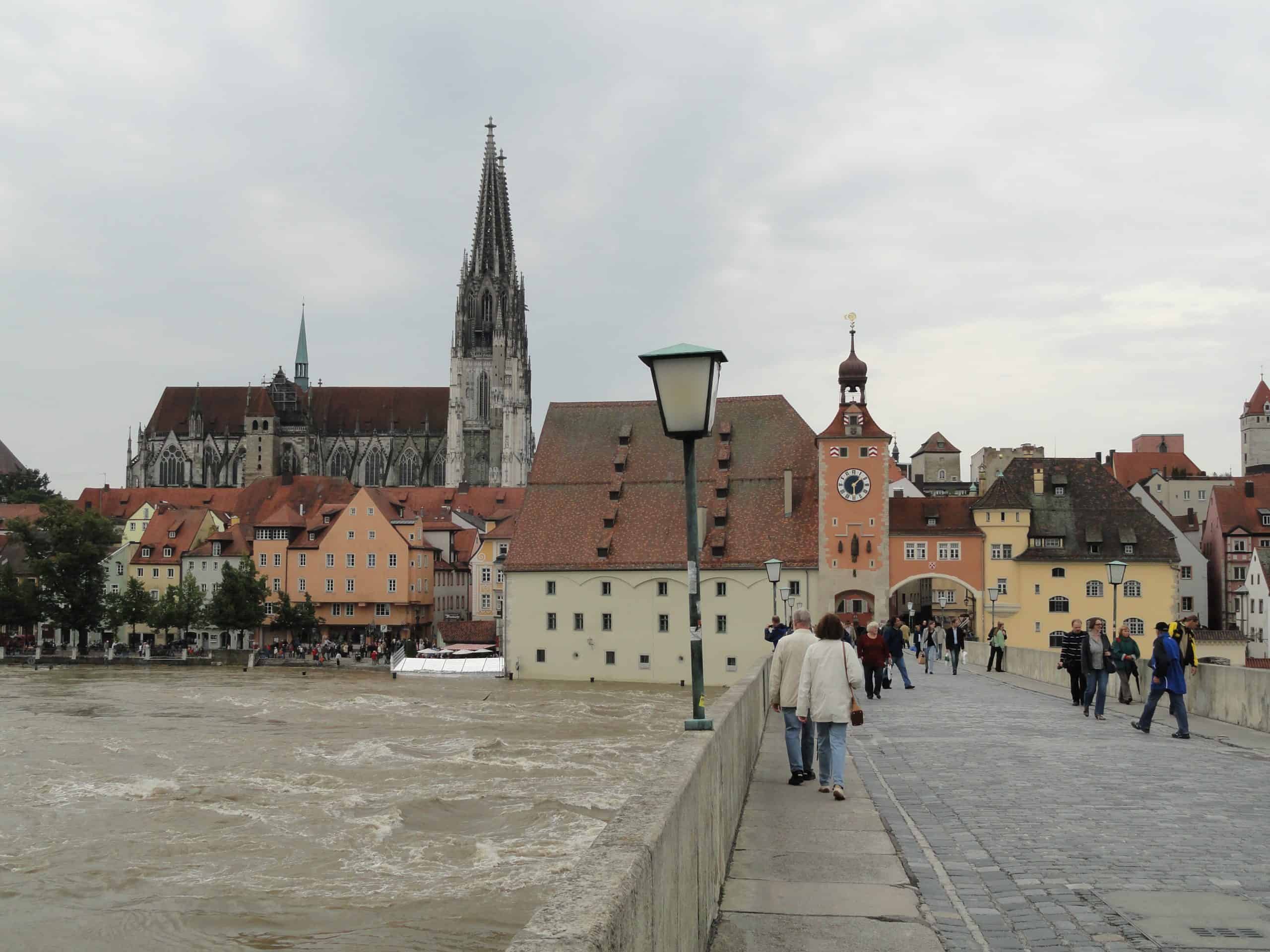
Regensburg, which means fortress on the Regen, is located in the middle of Bavaria and its current name is to be attributed to the Celtic name “Radasbona” concerning a nearby settlement.
Around 90 B.C. the city was then fortified and consolidated by the Romans, taking the name of Castra Regina.
Regensburg had great importance in the centuries to come, so much so that in the sixth century it became the first capital of Bavaria and later acquired the status of “free imperial city”. Its highly strategic position and favorable to communications made it a very important shopping center.
The importance assumed by Regensburg during the medieval centuries is all in its historic center: the original buildings, spared from the bombings of the Second World War, are a clear proof of this.
The Cathedral of Regensburg is the most impressive Gothic building in Bavaria. It was built in 1270 and completed about 250 years later, in 1520. St. Peter’s Cathedral is one of the most spectacular religious buildings in all of Germany.
The Stone Bridge was built between 1135 and 1146. 346 meters long, until 1930 it was the only city bridge over the Danube.
The Old Town Hall, Altes Rathaus, built in the thirteenth century was the seat of the Reichstag until the end of the Holy Roman Empire.
The historic center of Regensburg in 2006 was included in the list of UNESCO world heritage sites.

